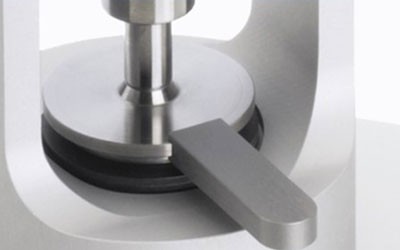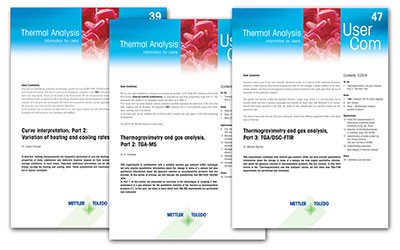
Thermal Analysis Crucibles
High Quality for Best Thermal Analysis Results
A thermal analysis crucible serves as sample containers for thermoanalytical measurements. METTLER TOLEDO offers a wide range of high-quality DSC and TGA crucibles to cover virtually any thermal analysis application such as polymer melting, crystallization and glass transitions. Available in many types of materials, pan sizes and shapes, our crucibles handle almost any kind of samples and for all possible measurements, including high-pressure applications.
Advantages When Using Original METTLER TOLEDO Crucibles
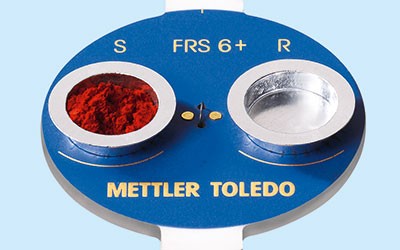
Simultaneous High Resolution and Sensitivity
METTLER TOLEDO crucibles are engineered to provide optimum heat capacity and thermal conductivity to maximize the resolution and sensitivity of your DSC measurement.
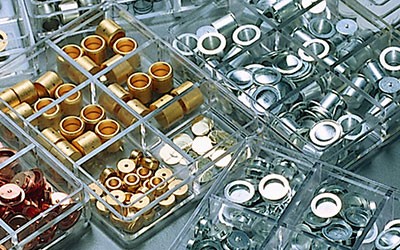
Learn How to Select the Correct Crucible
METTLER TOLEDO offers valuable tips and real application examples to help you find the best crucible for your application – as quickly and easily as possible. Read more

Extensive Application Range
A wide range of ambient and high-pressure crucibles are offered to cover almost any application or sample type. Crucibles are available in various shapes, sizes and materials including aluminum, alumina, copper, gold, glass, PCA and steel.

Manufactured with Precision
METTLER TOLEDO's precision-designed crucibles provide flat bases and thus optimum heat transfer. Different sealing possibilities can be used to restrict gas exchange between the sample and surrounding atmosphere.
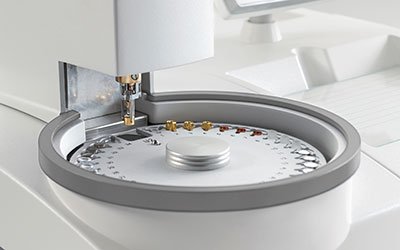
No Sample Reaction Before Measurement
All crucibles can be easily loaded or removed from the TGA or DSC measuring cell—either manually or automatically—using the sample robot. Automatic lid removal and piercing before measurment prevents the uptake of moisture and sample contamination.
Explore Our Services - Tailored to Fit Your Equipment
According to the International Confederation for Thermal Analysis and Calorimetry (ICTAC), thermal analysis is group of techniques in which a physical property of a substance is measured as a function of temperature while the substance is subjected to a controlled temperature program.
Support & Repair

Training & Consulting

FAQs
What are thermal analysis crucibles?
Thermal analysis crucibles serve as containers for samples used during a thermal analysis measurement. Crucibles also protect the sensor from contamination during the measurement. The type of crucible used for a measurement can influence the quality of the results obtained. Thermal analysis crucibles are available in many materials and sizes, ensuring that there will be a crucible available for any application. Considering the relevant factors of the measurement, sample, and crucible type can help produce more reliable thermal analysis results.
Crucibles are needed for DSC, TGA and TGA/DSC measurements, and in some cases, crucibles provide a useful solution for sample preparation during TMA measurements.
How do I select the correct crucible for thermal analysis?
There are several factors to consider when selecting a thermal analysis crucible. One must take all factors into account to ensure that the crucibles selected will provide the best results for any DSC, TGA or TGA/DSC measurement. Factors to consider: crucible material, crucible volume, crucible mass, sample under examination, sample robot, experimental conditions (temperature range of measurement, atmosphere, thermal analysis technique used)
What types of crucible materials are there for thermal analysis?
- Alumina (aluminum oxide) crucibles– These are the most common crucibles for TGA measurements. They are inert and can handle temperatures up to 1600 °C. Alumina crucibles are used for TGA/DSC as well, but the heat flow signal (SDTA) will be suppressed. It is not recommended to use this type of crucible for DSC measurements. These crucibles can be easily cleaned and reused.
- Aluminum crucibles – These are the standard crucibles used for DSC measurements. The thermal conductivity of aluminum is particularly good, therefore thermal effects are easily seen. Aluminum crucibles come in many sizes, can be hermetically sealed, and can be used close to the melting point of aluminum (< 660 °C).
- Gold crucibles – A noble metal and therefore these crucibles are chemically resistant. They will avoid any possible reactions with a sample. The thermal conductivity of gold is high, allowing thermal events to be easily seen. The drawback to using gold crucibles is their high price.
- Copper crucibles – Used almost exclusively for the determination of oxidative stability or oxidation induction time (OIT) experiments. Copper acts as a catalyst to speed up the oxidation.
- Platinum crucibles – Mainly used for TGA/DSC or DSC measurements at temperatures above 640 °C. SDTA and DSC curves measured with platinum crucibles are usually better than those obtained using crucibles made of alumina, which has a lower thermal conductivity. However, it should be noted that molten metals form alloys with platinum very easily.
- Stainless Steel crucibles – These crucibles are used when high-pressure is needed. They have a threaded opening system so the crucibles can be reused. They are heavier than other metal crucibles, which leads to lower temperature gradients if needed, stainless steel crucibles can be coated with gold to avoid any unwanted reactions with a sample.
- Glass crucibles – Used when visual observation of the sample is needed. They are commonly used together with hot-stage microscopy or other thermo-optical analysis methods.
- PCA/Sapphire crucibles – PCA is a polycrystalline alumina oxide with properties similar to sapphire. Thanks to its material structure, PCA is very tight, chemically resistant, and inert. The PCA crucible can be recommended for all materials, including melting metals such as Fe or Ni.



